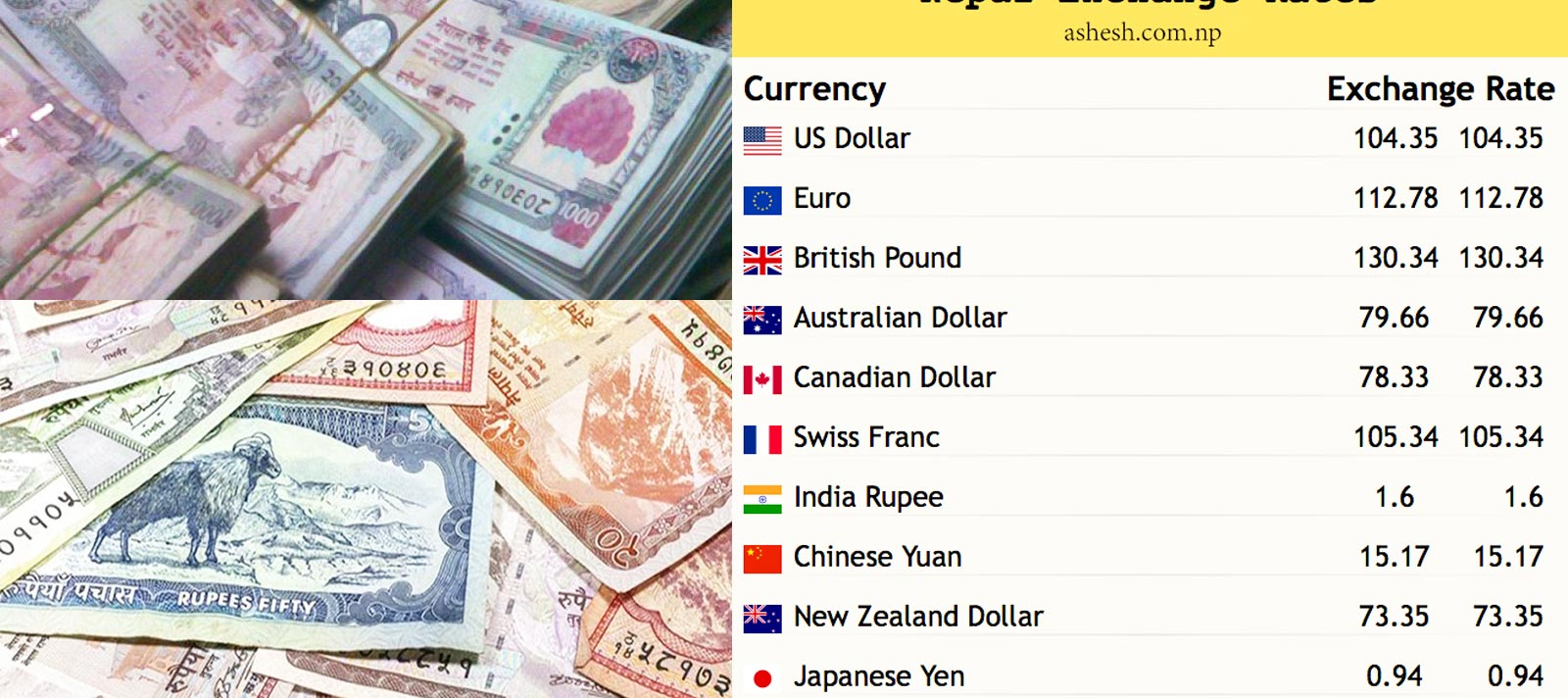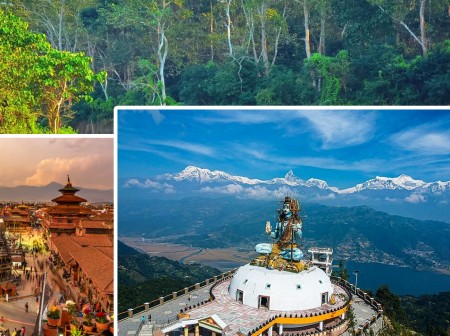
Currency & Costs in Nepal
- soleencounters
Nepal is a budget-friendly yet culturally rich destination that attracts trekkers, adventure seekers, and cultural enthusiasts worldwide. Understanding the currency, payment methods, and travel costs in Nepal is essential for planning a smooth trip. Whether you are heading for a cultural tour in Kathmandu Valley or an adventurous trek to Everest Base Camp or Annapurna Base Camp, knowing how money works in Nepal helps you avoid unnecessary hassles.
Table of Contents
This guide covers everything tourists need to know about using money in Nepal, including the local currency, exchange rates, payment options, ATM facilities, and tips to manage your budget.
Currency in Nepal
The official currency of Nepal is the Nepalese Rupee (NPR). Banknotes are available in denominations of NPR 1, 2, 5, 10, 20, 50, 100, 500, and 1,000. Coins are rarely used except for NPR 1, 2, and 5.
-
Currency Code: NPR
-
Common Symbol: रू
-
Exchange Rate: Varies daily. 1 USD ≈ 130–135 NPR (check current rates before exchange).
Tourists can exchange currency at banks, licensed money exchange counters, and hotels, particularly in Kathmandu, Pokhara, and major trekking hubs.
For more details on Nepal as a travel destination, visit the Nepal destination page.
Where and How to Exchange Money
Currency exchange is easy in Nepal’s main tourist areas. However, remote trekking regions may have limited or no currency exchange facilities.
Best Places to Exchange Currency
-
Banks: Provide official exchange rates but may take longer to process.
-
Money Exchange Counters: Widely available in Thamel (Kathmandu), Lakeside (Pokhara), and major tourist hubs.
-
Hotels: Offer currency exchange but usually at a lower rate.
Tips for Currency Exchange
-
Always keep exchange receipts, as you may need them to change NPR back to foreign currency when leaving Nepal.
-
Carry small denominations for local transactions, especially in rural areas.
Payment Methods in Nepal
While cash remains the primary mode of payment in Nepal, card usage is gradually increasing in urban areas.
1. Cash Payments
-
Most Common Method: Especially in rural trekking regions.
-
Essential for small purchases, transportation, and tea house stays.
2. Debit/Credit Cards
-
Accepted in major hotels, restaurants, and shops in Kathmandu, Pokhara, and other cities.
-
A surcharge of 3–5% is common on card transactions.
3. ATMs
-
Widely available in urban areas.
-
Foreign cards can withdraw NPR, but withdrawal limits (often NPR 35,000–40,000 per transaction) apply.
4. Mobile Payments
-
Services like eSewa and Khalti are popular among locals but not widely accessible to tourists.
5. Traveler’s Cheques
-
Rarely used today and difficult to cash in.
How Much Does It Cost to Travel in Nepal?
Nepal is one of the most affordable travel destinations in Asia. However, costs vary depending on your travel style and activities.
Average Daily Travel Costs (Approx.):
-
Budget Travelers: $20–30 per day (basic guesthouses and local food)
-
Mid-Range Travelers: $40–60 per day (comfortable hotels, guided tours)
-
Luxury Travelers: $100+ per day (luxury hotels, private guides, flights)
For trekkers, the cost depends on whether you choose a guided trek or go independently. To explore trekking options, visit our page on Trekking in Nepal.
Costs During Treks in Nepal
Accommodation and Meals
-
Tea Houses: $5–10 per night in trekking regions
-
Meals: $4–10 per meal depending on altitude
Permits
Trekking in Nepal requires permits such as the TIMS card and conservation area permits. Learn more from our Permit Guide for Nepal Treks.
Guides and Porters
Hiring a guide or porter enhances your trekking experience and ensures safety, especially in remote areas. Read more about guided treks in Nepal.
Tips for Managing Money in Nepal
-
Always carry enough cash when trekking in remote areas where ATMs are unavailable.
-
Avoid counterfeit notes by exchanging money at reputable places.
-
Notify your bank before traveling to Nepal to avoid card transaction issues.
-
Carry a mix of small and large denominations for convenience.
FAQs About Currency and Payments in Nepal
What currency should I bring to Nepal?
USD, EUR, and GBP are the most widely accepted for exchange. Indian Rupees are accepted, but notes above ₹100 are restricted.
Can I use foreign currency directly in Nepal?
No, transactions must be in Nepalese Rupees. Always exchange your currency at authorized counters.
Are credit cards safe to use in Nepal?
Yes, but only in reputable hotels, restaurants, and shops. Always check for transaction fees.
Conclusion
Managing money wisely in Nepal ensures a smooth and enjoyable trip. Always carry enough cash when trekking, know where to exchange currency, and understand the costs involved in accommodation, food, and permits. For planning your Nepal adventure, check out our Nepal destination guide or contact us to discuss your travel plans.
Ready to explore Nepal? Talk to our travel experts and plan your trip with ease!
Recent Posts
.jpg)
3rd Jul, 2025
.jpg)
4th Jul, 2025
.jpg)
4th Jul, 2025
.jpg)
7th Jul, 2025
.jpg)
8th Jul, 2025
.jpg)
8th Jul, 2025
.jpg)
8th Jul, 2025

10th Jul, 2025








